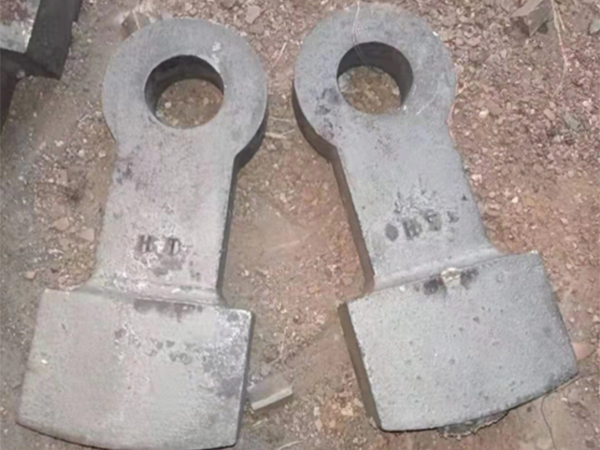The Art and Science of Iron Sand Casting
Iron sand casting is a fascinating process that merges artistry with engineering, reflecting both the ancient traditions of metalworking and modern technological advancements. This method of metal casting utilizes iron sand, which primarily consists of magnetic iron oxide, as an essential raw material. The process is not only integral to the manufacturing industry but also offers a unique insight into sustainable practices in metal production.
At its core, iron sand casting involves the creation of metal objects by pouring molten iron into molds made from sand mixed with a binding agent. The use of iron sand, found in various locations around the world, provides a sustainable alternative to traditional iron ore sources. By utilizing naturally occurring resources, this method reduces the environmental impact associated with mining and processing metal ores. The eco-friendly aspect of iron sand casting makes it an attractive option for industries striving for sustainability.
The process begins with the careful selection of raw materials. Iron sand, rich in iron oxide, is subjected to a series of processes to prepare it for casting. Initially, it is washed and screened to remove impurities. The next step involves mixing the sand with a binding agent, often clay or resin, which helps the sand hold its shape during the casting process. The resulting mixture is then packed into molds to create the desired shape.
Mold creation is a critical step in iron sand casting. Traditionally, molds were carved by hand, showcasing the artisan’s skill. Today, however, advancements in technology have introduced automated molding processes that allow for enhanced precision and efficiency. Computer Numerical Control (CNC) machines and 3D printing technologies can produce intricate molds quickly and accurately, enabling more complex designs that were once impossible to achieve.
iron sand casting

Once the molds are ready, the casting process begins. First, iron is melted in a furnace, reaching temperatures that exceed 1,200 degrees Celsius (2,192 degrees Fahrenheit). Once the iron reaches a molten state, it is poured into the prepared molds. The cooling process is crucial; as the molten iron solidifies, it takes on the shape of the mold. After cooling, the molds are carefully removed, revealing the cast iron piece, which often requires cleaning and finishing to ensure proper quality.
There are multiple benefits to employing iron sand casting. One of the most significant advantages is the ability to produce complex shapes with relatively low costs. This casting method is particularly useful for industries such as automotive, aerospace, and art, where parts need to meet precise specifications while remaining cost-effective. Additionally, the durability of cast iron makes it a favored material for various applications, from machinery components to decorative items.
Iron sand casting also plays a vital role in local economies, especially in regions where iron sand deposits are abundant. Small-scale foundries can thrive, providing jobs and supporting local communities. Furthermore, the tradition of sand casting fosters a sense of craftsmanship and heritage, drawing upon centuries of knowledge passed down through generations.
In conclusion, iron sand casting is a remarkable blend of tradition, innovation, and sustainability. As industries continue to seek environmentally friendly production methods, the art of iron sand casting stands out as a viable option. Its historical significance, combined with modern technological advancements, assures its place in the future of metal casting. Whether it is creating components for advanced machinery or crafting unique artistic pieces, iron sand casting remains a testament to human ingenuity in metallurgy.
Post time:Lap . 04, 2024 13:31
Next:ceramic sand casting
